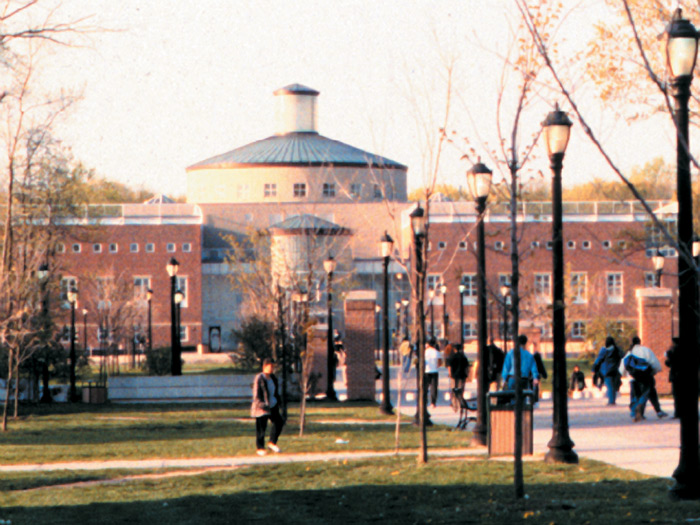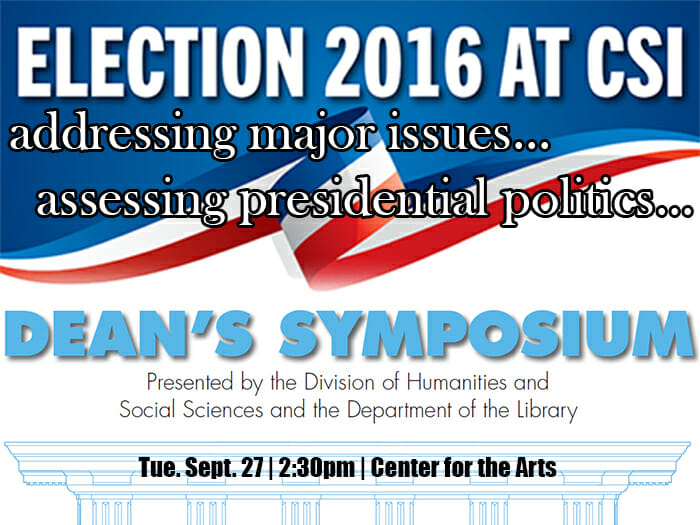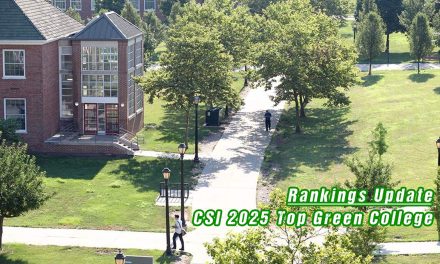Braving the cold January weather, 41 CSI students joined a total of 91 volunteers from around the Borough early last Tuesday morning to bring aid to homeless and unsheltered individuals on the Island, while also taking a census to give the New York City Department of Homeless Services an idea of the extent of homelessness in the borough. The Staten Island volunteers teamed with Project Hospitality on the Island, although the initiative, Project Hope, was a City-wide effort.
CSI student Rose Ellicott, who took part in the event, commented that the “Project Hope Homeless Outreach was a experience that I will never forget. Being homeless a couple times myself in the past, I really appreciate [the effort] and want to help the homeless community to get back on their feet.”
John Ryan, another student participant and a CSI Emerging Leader said, “I feel as though this was a valuable task in volunteering for the community in which I live and all five boroughs. My particular group unfortunately did not find any homeless people in need of help. However, this may be a good thing because it may mean the number of homeless individuals is dwindling, which is the overall goal of the survey. If we get an accurate count of the homeless in the city, we will be able to better assist them. It made me feel great to know I was helping the cause.”
“The volunteers were acting as facilitators to see if there’s a way that we can meet the needs [of the homeless] and offer them shelter for the evening or longer term if they needed it,” said Robert King Kee, Coordinator for Student Leadership Development in the CSI Office of Student Life. “Then, ideally, [volunteers worked] to count the number of homeless folks on Staten Island, and subsequently, City-wide…”
Kee noted that the volunteers reported for orientation at 10:30pm on Monday and took to the streets in teams of four or five between the hours of midnight and 4:00am. Each team was instructed to interview everyone they encountered on the street, no matter who they were or what they were doing. Once the team met a person, they would identify themselves as canvassers from the Department of Homeless Services, and with the person’s approval, they would ask about five confidential questions, such as whether they had a place to reside that they considered home. After the assessment, if the team concluded that the person was not homeless, they would thank them for their time. If they believed that the person was homeless, they would ask them if they needed assistance and/or shelter for the evening. The volunteers would then contact a representative from Homeless Services, who would dispatch a van to provide assistance to the person. Kee added that volunteers had food and water on hand to provide immediate aid, and in the case of an emergency situation, they would call 911 before calling Homeless Services.
Beyond the immediate and long-term aid that the volunteers provided, Kee explained that the census data will be used by Homeless Services to provide information to the federal government on the extent homelessness in NYC. “If the homeless and unsheltered population goes up, the City gets additional funds from the Feds for shelters, programs, city services, etc. Ideally, you want to see [the number] go down because then it shows that we do have initiatives that are working. “
Regarding the volunteer recruitment effort on campus, Kee said that the Office of Student Life used a number of methods to get the word out, from ads in the CLUE News newsletter and student-run radio station WSIA to sending fliers to all campus clubs and organizations, as well as the Student Government and the Emerging Leaders Program.

















